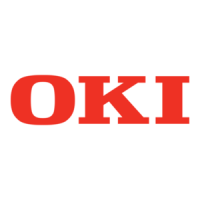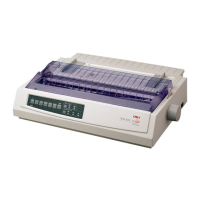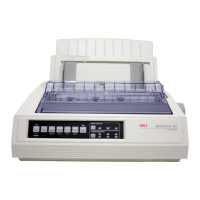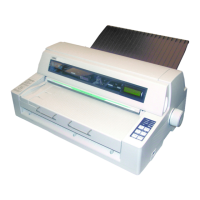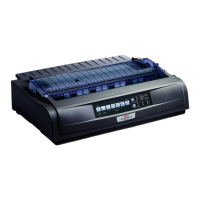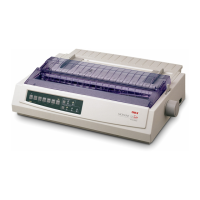How to fix '32 PAPER JAM TIMEOUT' error on Oki Printer?
- AAndrew GillAug 15, 2025
The '32 PAPER JAM TIMEOUT' error on your Oki Printer means there's a paper jam. Clear the paper jam and then reload the paper.
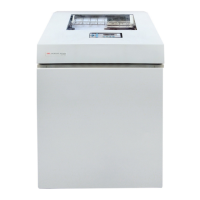

How to fix '32 PAPER JAM TIMEOUT' error on Oki Printer?
The '32 PAPER JAM TIMEOUT' error on your Oki Printer means there's a paper jam. Clear the paper jam and then reload the paper.
What causes 'SHUTTLE JAM' on Oki MICROLINE MX and how can I resolve it?
To address the 'SHUTTLE JAM' error on your Oki Printer, check for any obstructions to the shuttle, a twisted ribbon, or a platen lever closed too tightly. If you cannot find the cause of the problem, contact your authorized service representative.
What to do if my Oki MICROLINE MX displays '31 PAPER OUT TIMEOUT'?
The '31 PAPER OUT TIMEOUT' error on your Oki Printer means that paper needs to be loaded into the printer.
General overview of the printer and manual conventions.
Details on printer models, configurations, and features.
Feature for monitoring and communicating ribbon life.
Advice on printer maintenance for optimal performance.
Explains manual conventions for keys, messages, and symbols.
Specifies power outlet requirements and circuit protection.
Requirements for selecting a suitable printer installation location.
Provides physical dimensions for cabinet and pedestal models.
Diagram showing the location of printer components.
Shows keys, displays, and indicators on the control panel.
Details functions of individual control panel keys.
Step-by-step guide for reloading paper.
Procedure for unloading paper from the printer.
Steps for replacing the printer ribbon.
Procedure to cancel an active print job.
Explains the process of matching printer characteristics to host computer.
How to change printer parameters via control panel or control codes.
Allows saving up to eight custom configurations for future use.
Adjusting parameters for darker and sharper barcodes and characters.
Overview of the printer's main menu structure and options.
Provides quick access to frequently changed parameters.
Enables selection and configuration of interfaces between printer and host.
Menu to select the emulation used with your printer.
Defines how errors are reported, including Error Msgs, Error Markers, etc.
Describes host interfaces and communication signals.
Lists Centronics parallel, IEEE 1284 parallel, High Speed Serial.
Details on IEEE 1284 parallel interface and its operating modes.
Information on parallel interface terminating resistors.
Characteristics and baud rates for serial interfaces.
Procedure to reprogram the security key using an SPX module.
Step-by-step instructions for programming the security key.
Guidelines for cleaning the printer interior and exterior.
Procedure for cleaning internal printer components.
Lists and explains fault messages and their solutions.
Lists standard and specialty ribbon part numbers.
Details on paper type, thickness, size, and drive requirements.
Table showing weight and dimensions for cabinet and pedestal models.
Operating and storage temperature and humidity ranges.
Acoustic noise levels and power consumption.
FCC, EU, and Industry Canada compliance statements.
Terms and conditions for using the printer's software.
